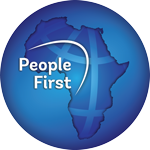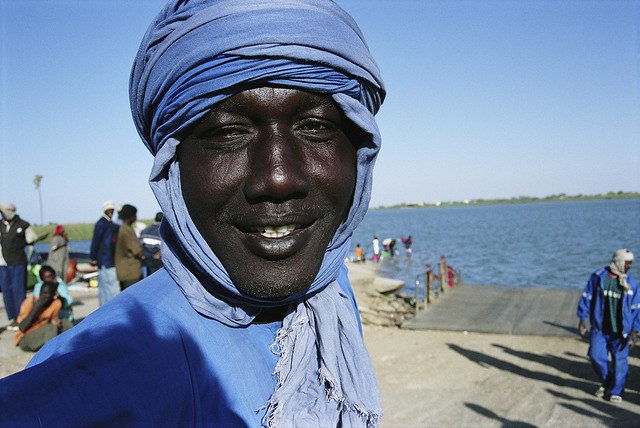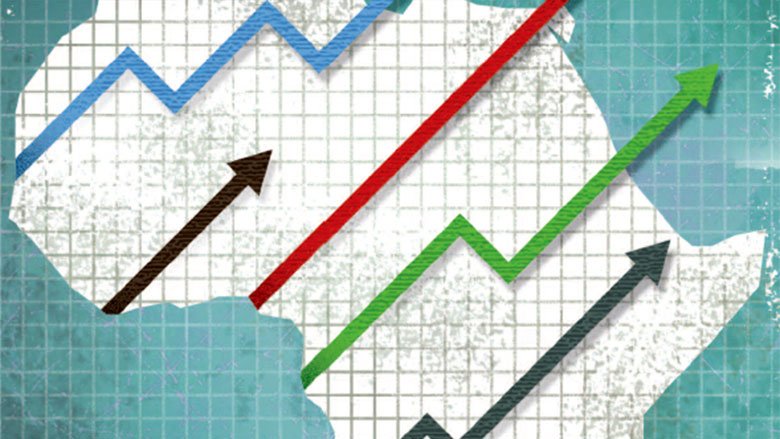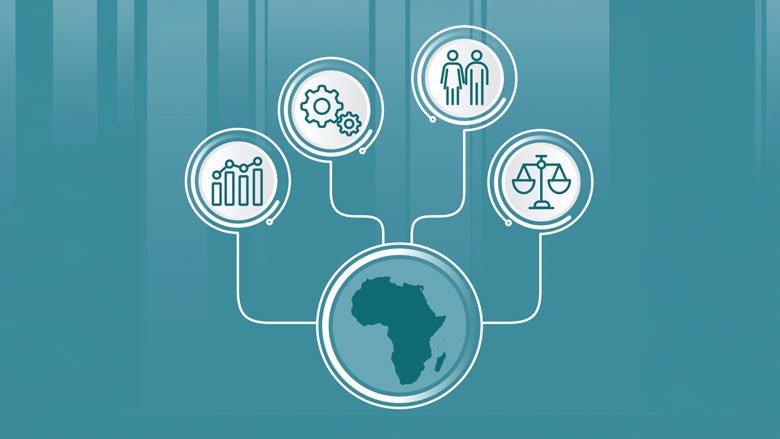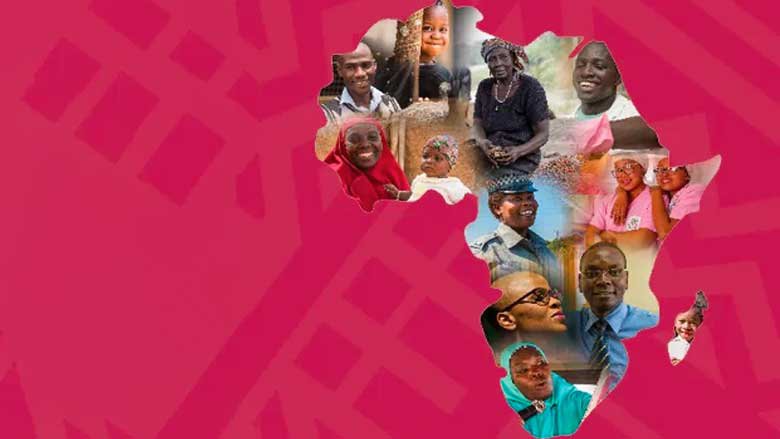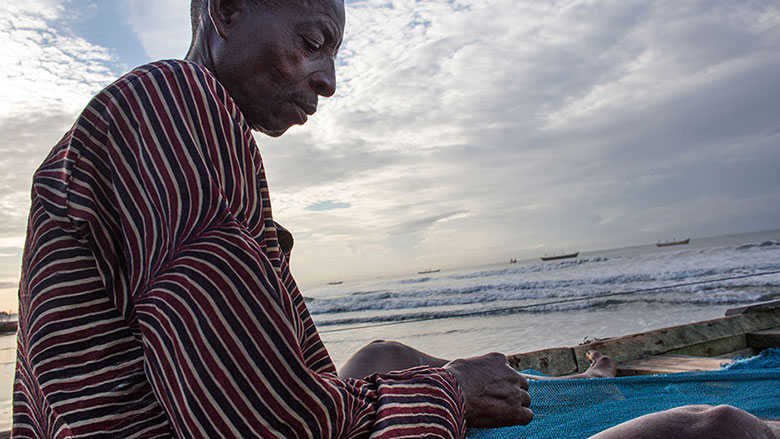Macroeconomic Context
The economy continues to face significant challenges with high inflation, pressures on the currency, high risk of debt distress and inadequate growth to support poverty reduction. Despite some efforts in 2023, further corrective fiscal and monetary measures are urgently needed to address the high inflationary pressures and the worsened food security situation.
Recent Developments: In 2023, economic growth is estimated to have decelerated for the second consecutive year, with an estimated rate of 3.1%. This slowdown was primarily attributed to subdued aggregate demand and socio-political stability concerns. The economy grappled with persistent inflation which diminished households’ purchasing power and restrained both private consumption and investment. Despite these challenges, the mining sector emerged as a bright spot, driven by robust iron ore production and exports, alongside promising agricultural output.
Inflationary pressures remained high throughout the year, albeit showing some tentative signs of easing in the final quarter. Headline inflation averaged 47.6% for the year, making it the second highest in Africa after Sudan. Factors contributing to this included elevated food and fuel inflation, currency depreciation, and ongoing fiscal dominance. More than half the population faced moderate food insecurity, while over 70% of households allocated a substantial portion of their monthly expenditures to food, further straining social and political stability. In response, the Central Bank raised rates by a cumulative 525 basis points, reaching 22.25% by the end of 2023. However, the effectiveness of monetary policy was limited by shallow financial markets and continued fiscal dominance. Inflation began to show signs of moderation, declining from its peak of 54.6% in October to 43% by February 2024.
While the fiscal position saw marginal improvement in 2023, it fell short of annual targets. The fiscal deficit narrowed to nearly 8.4% of GDP, slightly better than 2022 but still higher than the budgeted target. Expenditures decreased compared to 2022, while domestic revenue saw a slight increase. Public debt is estimated to have declined to 87% of GDP from 93% in 2022.
Although there was a slight improvement in trade and current account balances, official reserves decreased to barely three months of import cover due to external debt servicing, currency interventions, and foreign currency payments to diplomatic missions overseas.
Top of Form
Outlook: Growth is projected to recover slowly to 3.5% in 2024 against a backdrop of high inflation and continued fiscal consolidation, before converging to its long-term average of 4-4.5% in the medium-term. Inflation will be influenced by global commodity prices and monetary tightening and is expected to moderate to 15% by 2026. Upholding fiscal and monetary policy tightening is pivotal for macroeconomic stability.
Risks and Challenges: Sierra Leone’s economic outlook is subjected to several downside risks. Climate vulnerabilities and inflation could increase food insecurity and aggravate social tensions. The risk of political and social instability remains high, following disputed elections and attempted coup.
Political Context
Sierra Leone's recent history has been marred by a devastating civil war that ended in 2002. Despite significant economic growth in the years following, the country still grapples with the lingering impacts of the war, recurrent pandemics, and polarizing politics that hinder its progress. The majority of Sierra Leoneans are engaged in subsistence agriculture, yet the nation boasts abundant natural resources, including iron ore, diamonds, gold, bauxite, and rutile. Post-war governments have faced the formidable challenge of reconstructing the nation's physical and social infrastructure and promoting reconciliation.
On June 24, 2023, Sierra Leone conducted its sixth general election since the end of the civil war. The incumbent, President Julius Maada Bio of the Sierra Leone People’s Party (SLPP), secured re-election with 56% of the vote. The ruling party also gained a majority in Parliament with 81 seats, surpassing the opposition All People’s Congress (APC), which won 54 seats. Post-election tensions between the ruling and opposition parties posed a risk to national stability. However, intervention by regional organizations such as the African Union and ECOWAS, with support from the Commonwealth, led to the signing of the 'Agreement for National Unity' in October 2023. This accord has been pivotal in maintaining peace.
The government has recently unveiled the new Medium-Term National Development Plan (MTNDP) for 2024-2030. This strategic document outlines the administration's short-term and long-term objectives for Sierra Leone's development.
Last Updated: Apr 22, 2024


